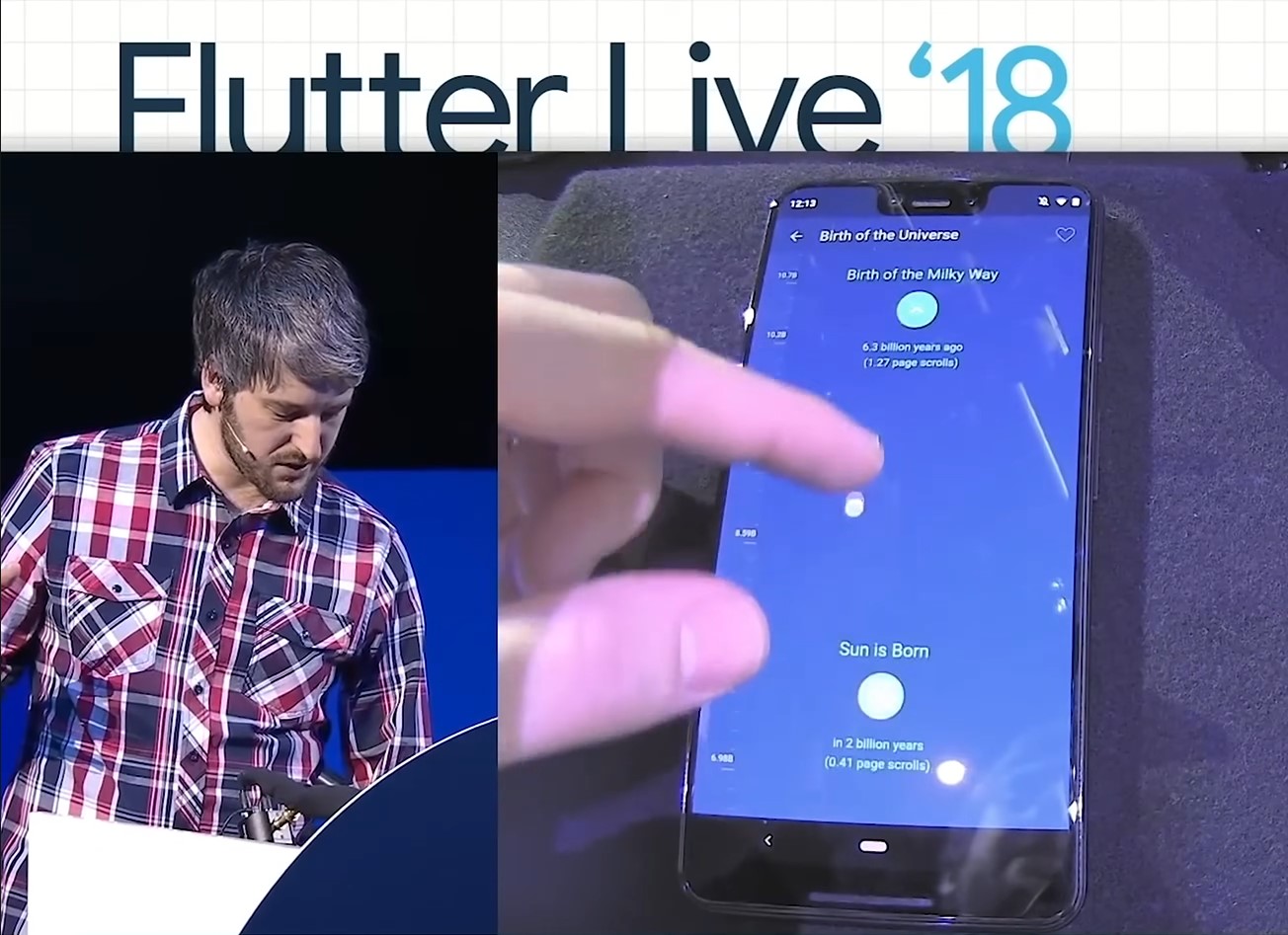Visual excerpt from the YouTube channel Daniel | Tech & Data. All rights belong to the original creator.
As app development continues to thrive in 2024, one framework that stands out is Flutter, Google’s powerful solution for creating cross-platform applications. First released in 2018, Flutter has since revolutionized the development landscape by offering a unique approach that appeals to developers and businesses alike. Whether you're a novice eager to dive into app development or a seasoned professional exploring new frameworks, Flutter presents a compelling case for your next project.
One of the key features that sets Flutter apart from other frameworks is its widget-based architecture. In Flutter, everything is treated as a widget, from a simple button to an entire page layout. This fundamental concept allows for flexible and dynamic UI designs, making it easy to adapt apps to different screen sizes and orientations across multiple devices. Whether you're designing an app for smartphones, tablets, or desktops, Flutter’s widgets ensure that the user interface remains consistent and responsive.
Another defining aspect of Flutter is its use of the Skia rendering engine, a choice that differentiates it from many other frameworks that rely on native widgets. Skia is an open-source 2D graphics library that provides a common API across platforms. This design decision allows Flutter to offer faster development times and a more seamless real-time code editing experience. Developers can tweak and update the app while it’s running, providing an efficient workflow that accelerates development cycles.
The appeal of Flutter extends beyond its technical capabilities. Major companies like the New York Times, BMW, Google Pay, and Google Ads have embraced the framework for its cross-platform advantages. Flutter’s ability to work seamlessly across Android, iOS, Windows, Linux, and macOS with a single codebase is a major selling point for businesses that need to reach multiple platforms without duplicating effort or resources. The framework provides a native-like experience on each platform, meaning apps look and perform as though they were developed specifically for each operating system, without the need for runtime modules or external browsers.
For developers, the rise of Flutter has been nothing short of remarkable. The framework has been consistently ranked among the top 10 most popular frameworks, with a growing community of developers worldwide. Current statistics show that approximately 30% of developers prefer Flutter, reflecting its widespread adoption and growing influence in the app development ecosystem. Flutter’s popularity is expected to continue rising, especially as more businesses look for efficient ways to build cross-platform applications.
The demand for Flutter developers has surged as a result of this popularity. In the United States, Flutter developers are seeing lucrative salaries, with the average annual pay reaching around $132,000. For those with more experience, the salary can climb even higher, with some developers earning up to $165,000. As businesses increasingly turn to Flutter for their app development needs, the demand for skilled developers is likely to remain strong.
Despite its many advantages, Flutter is not without its challenges. One of the main hurdles developers face is the complexity that comes with the framework’s highly customizable widgets. While the extensive array of widgets allows for a great deal of flexibility, it can sometimes lead to confusing or cumbersome code. This issue can be particularly problematic when working on large-scale projects where code maintainability and clarity are crucial.
Moreover, as with any technology, compatibility issues may arise, especially when dealing with older devices or web browsers. Although Flutter offers great flexibility in app development, it can sometimes struggle to adapt to the unique features and constraints of different platforms, particularly in web app development. While the framework continues to evolve, developers must be aware of these limitations when choosing Flutter for web-based applications.
Another challenge Flutter faces is the relative size of its community. While Flutter’s developer base is growing rapidly, it still lags behind more established frameworks like React Native in terms of overall user numbers. This means that developers may encounter fewer resources or face challenges when seeking solutions to problems within the framework. Additionally, compared to other long-standing frameworks, Flutter may not have as extensive a set of third-party libraries and plugins, which can limit functionality or extend development time for certain features.
Despite these challenges, Flutter remains an excellent option for many types of projects, particularly when speed and flexibility are key considerations. The framework is particularly suited for developing Minimum Viable Products (MVPs) or smaller-scale applications that need to be developed quickly and with a minimal learning curve. For developers looking to create prototypes, test concepts, or deploy apps rapidly across multiple platforms, Flutter offers a powerful toolset that simplifies the process and delivers results.
As the technology landscape continues to evolve in 2024, Flutter stands as a strong contender in the app development field. Its unique blend of fast execution, flexible UI design, and cross-platform capabilities makes it an attractive choice for both developers and businesses. While it may not be the perfect solution for every project, its advantages are clear, and its community is growing steadily.
For those looking to explore the world of Flutter in 2024, the framework offers plenty of resources to get started, including detailed documentation, a vibrant developer community, and an ever-expanding ecosystem of tools and plugins. Flutter’s future looks bright, and as the demand for cross-platform solutions increases, the framework will likely continue to play a crucial role in the app development space. Whether you're a beginner or a seasoned professional, diving into Flutter could be the perfect next step for advancing your app development skills.
>>> Flutter
















